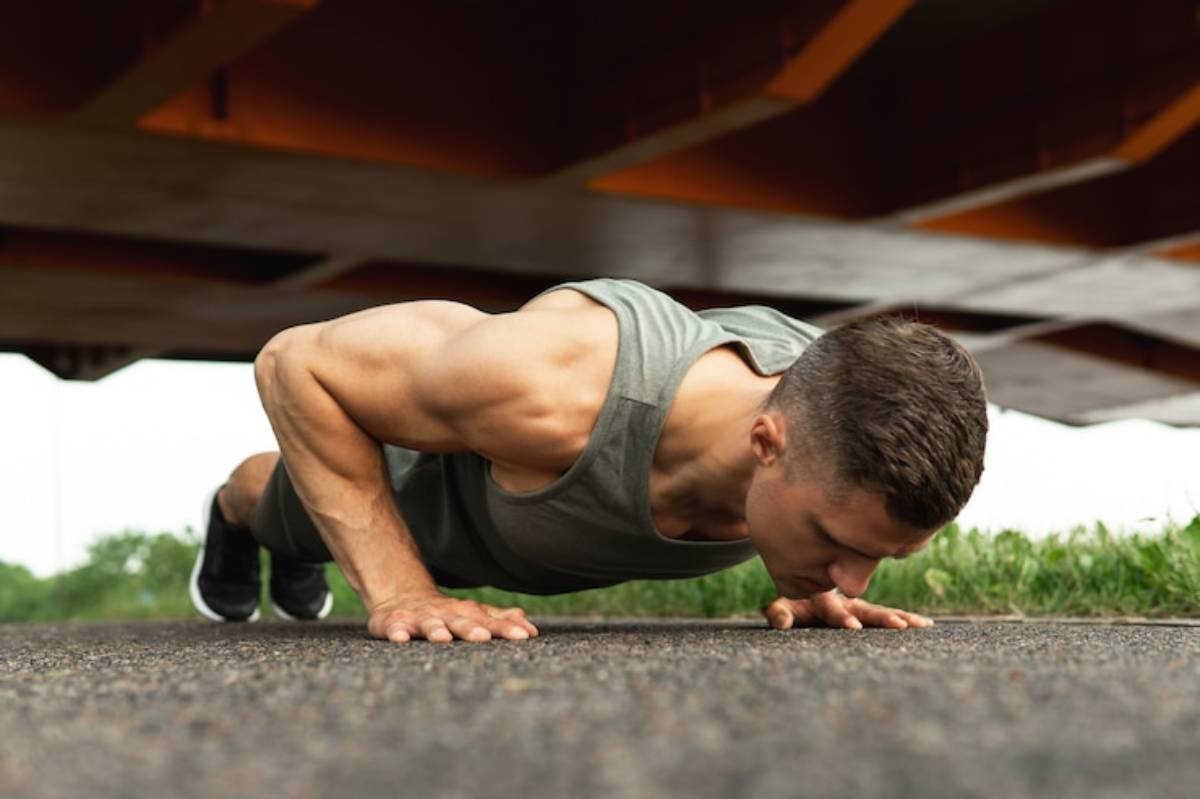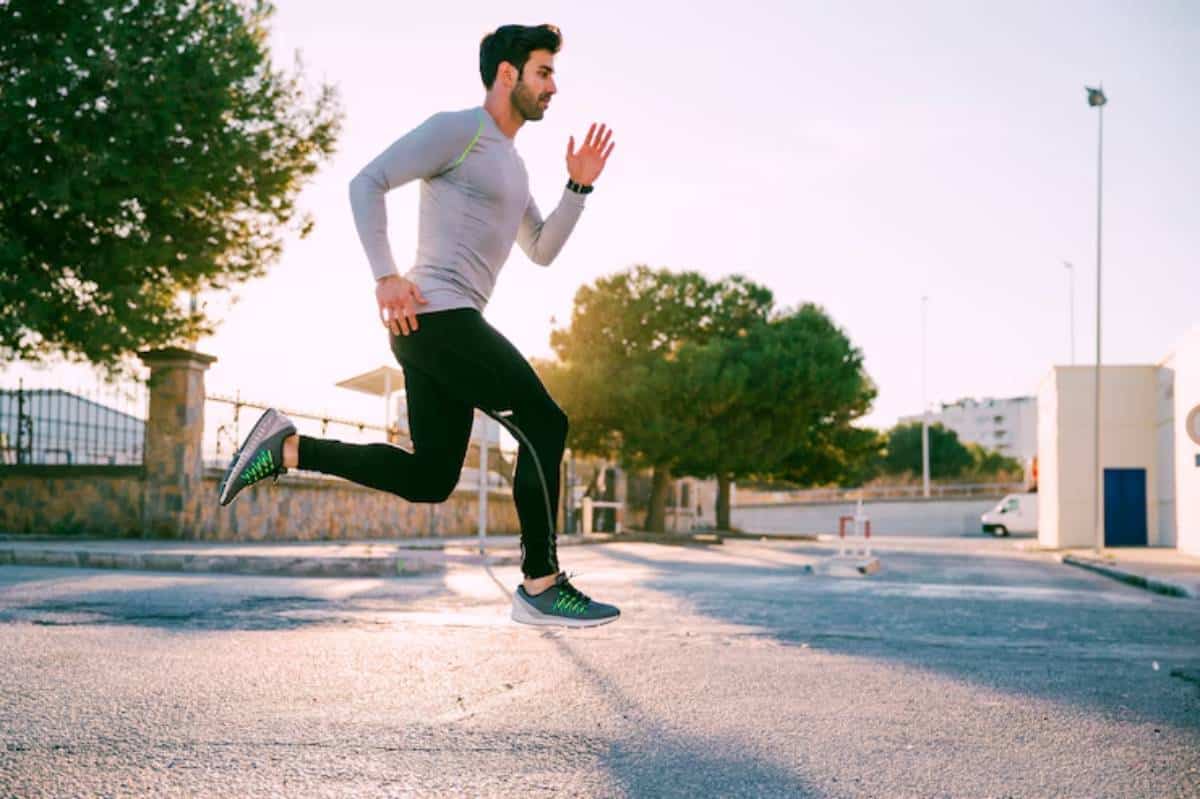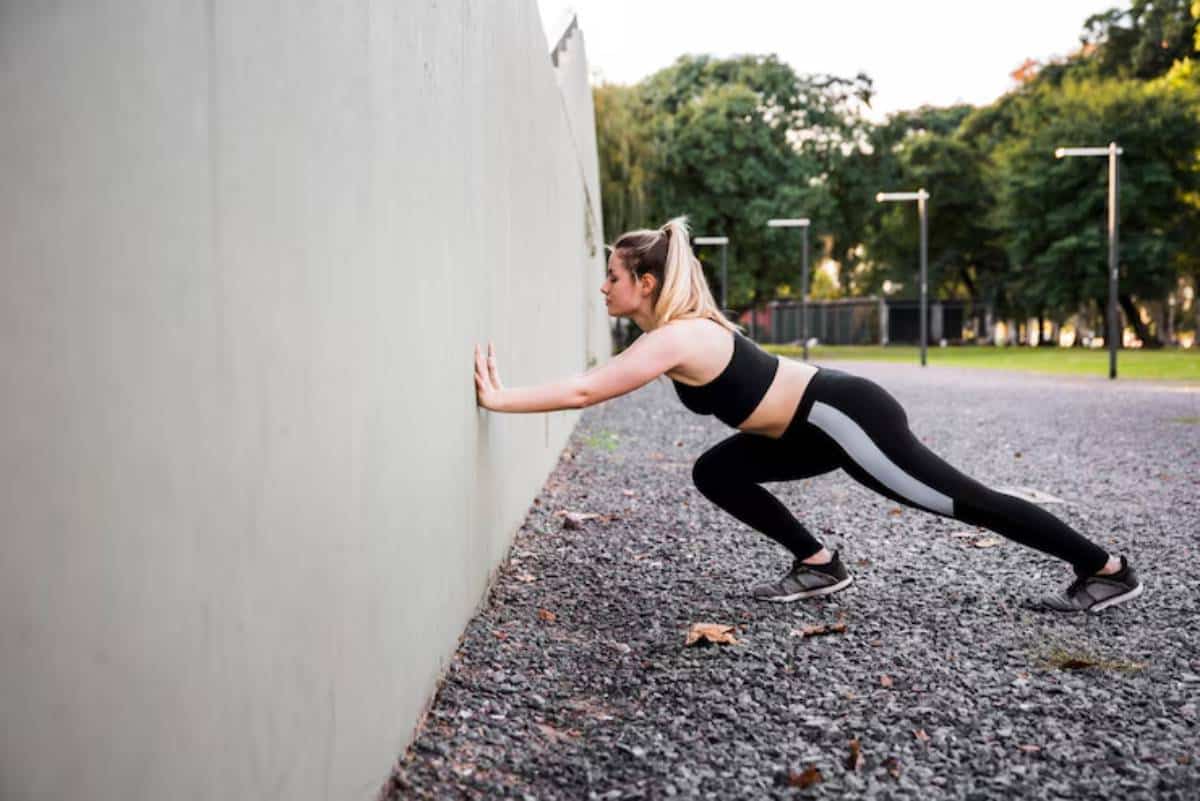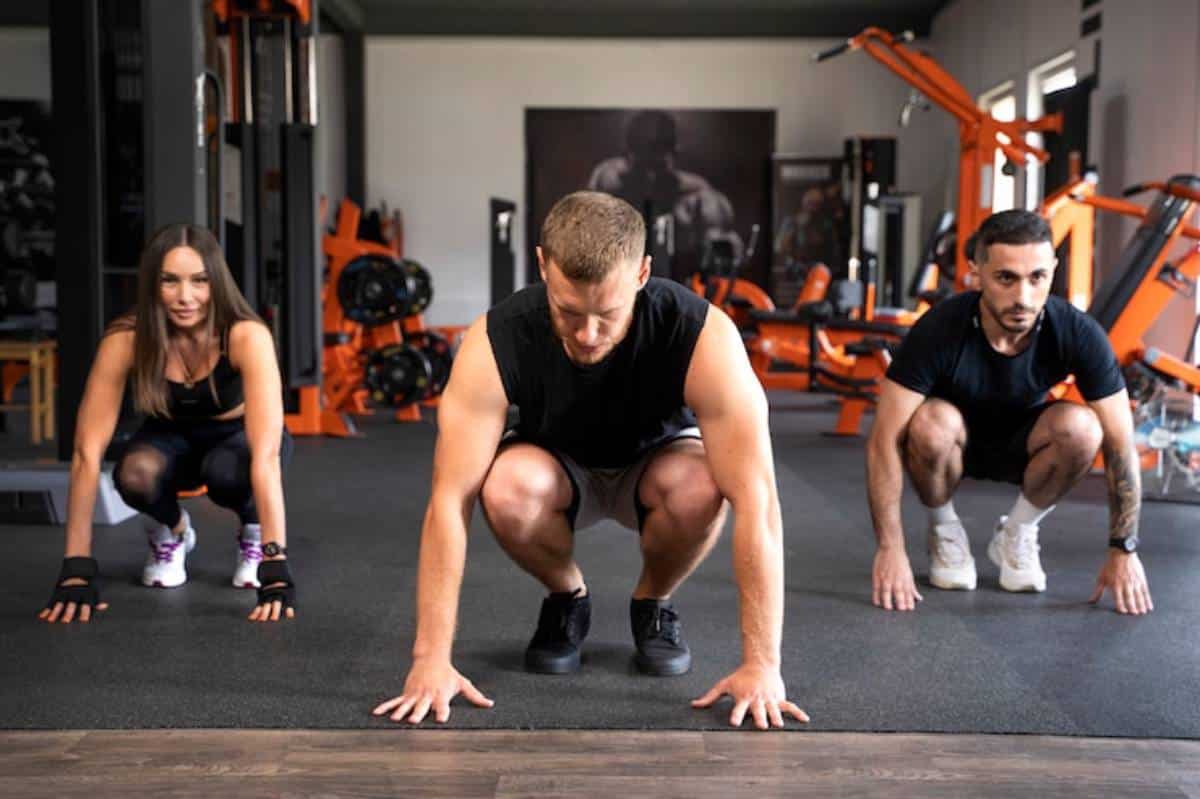
Functional Strength Workouts Without Weights: Building a Powerful Body Anywhere
Strength Without Limits
Picture this: you’re on holiday, or perhaps your gym membership has expired. You want to stay strong, but you’ve got no dumbbells, no machines, not even a resistance band. Sound familiar?
Here’s the good news: building genuine, functional strength doesn’t require a fancy setup. With bodyweight functional training, your body is your gym. It’s about mastering movements that translate into real-world strength — think carrying shopping bags, sprinting for a bus, or lifting your kids. Functional fitness exercises aren’t just about looking good; they make you move better, feel stronger, and live easier.
In this guide, we’ll dive deep into how you can create powerful, effective no-equipment strength workouts wherever you are — whether it’s in your living room, a hotel room, or the local park.
Ready to unleash your body’s full potential? Let’s dive in.
What Is Functional Strength Training?
At its core, functional fitness is about training movements, not muscles.
Instead of isolating a single muscle group like a bicep curl does, functional training mimics real-life activities. It’s multi-joint, multi-muscle movement — like pushing, pulling, squatting, hinging, rotating, and carrying.
Bodyweight functional training focuses on these natural movements, using just your body’s resistance.
Benefits of Functional Strength Workouts Without Weights:
- Boosts Core Stability: Every functional move engages your core.
- Improves Balance and Coordination: Essential for both everyday tasks and athletic performance.
- Increases Mobility and Flexibility: Helping you stay pain-free and agile.
- Strengthens Movement Patterns: Making daily activities easier and safer.
In short: Functional training helps you move like a superhero in real life.
Essential Principles for No-Equipment Strength Training
Before you jump into a routine, keep these essential principles in mind:
1. Focus on Compound Movements
Target multiple joints and muscles at once. Think squats, lunges, push-ups, and planks rather than isolated exercises.
2. Train All Planes of Motion
- Sagittal plane: Forward and backwards (e.g., lunges).
- Frontal plane: Side-to-side (e.g., lateral lunges).
- Transverse plane: Rotational (e.g., twisting movements).
A well-rounded functional programme includes exercises from all three planes.
3. Progressive Overload Still Applies
Even without weights, you can progressively challenge your muscles by:
- Increasing reps or sets
- Slowing down the tempo
- Adding pauses or isometric holds
- Reducing rest time
Master basic movements first before advancing to more complex variations.
The Best Functional Fitness Exercises Using Just Your Bodyweight
Let’s get practical. Here’s a breakdown of powerhouse moves that create real-world strength:
Lower Body Moves
1. Bodyweight Squats
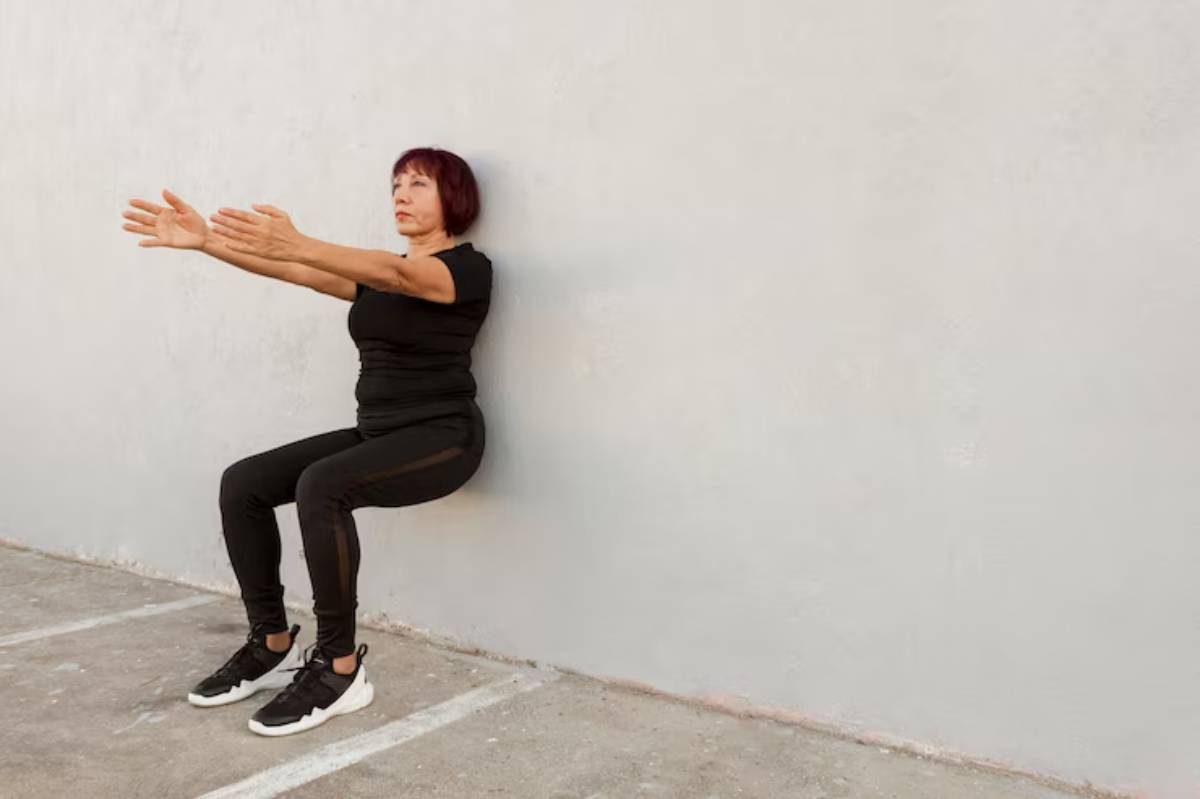
- Strengthens glutes, quads, hamstrings, and core.
- Start with bodyweight, then progress to jump squats for explosiveness.
Keep your chest up and knees tracking over toes.
2. Bulgarian Split Squats (Using a Chair or Step)
- Improves balance, single-leg strength, and mobility.
Challenge: Add a 3-second pause at the bottom of each rep.
3. Glute Bridges
- Activates the often-neglected posterior chain.
Upgrade: Try single-leg glute bridges for extra core stability.
Upper Body Moves
1. Push-Ups
- The classic! Works chest, shoulders, triceps, and core.
Variation ideas: Incline (easier), decline (harder), archer push-ups (crazy strong!).
2. Inverted Rows (Under a Table)
- Strengthens back muscles — vital for posture and pulling strength.
Safety note: Always check that the table is sturdy first!
Core Moves
1. Plank to Push-Up
- Builds core endurance, shoulder stability, and strength.
2. Dead Bugs
- Teaches core control and coordination.
Keep your lower back pressed firmly into the ground.
Full-Body Moves
1. Burpees
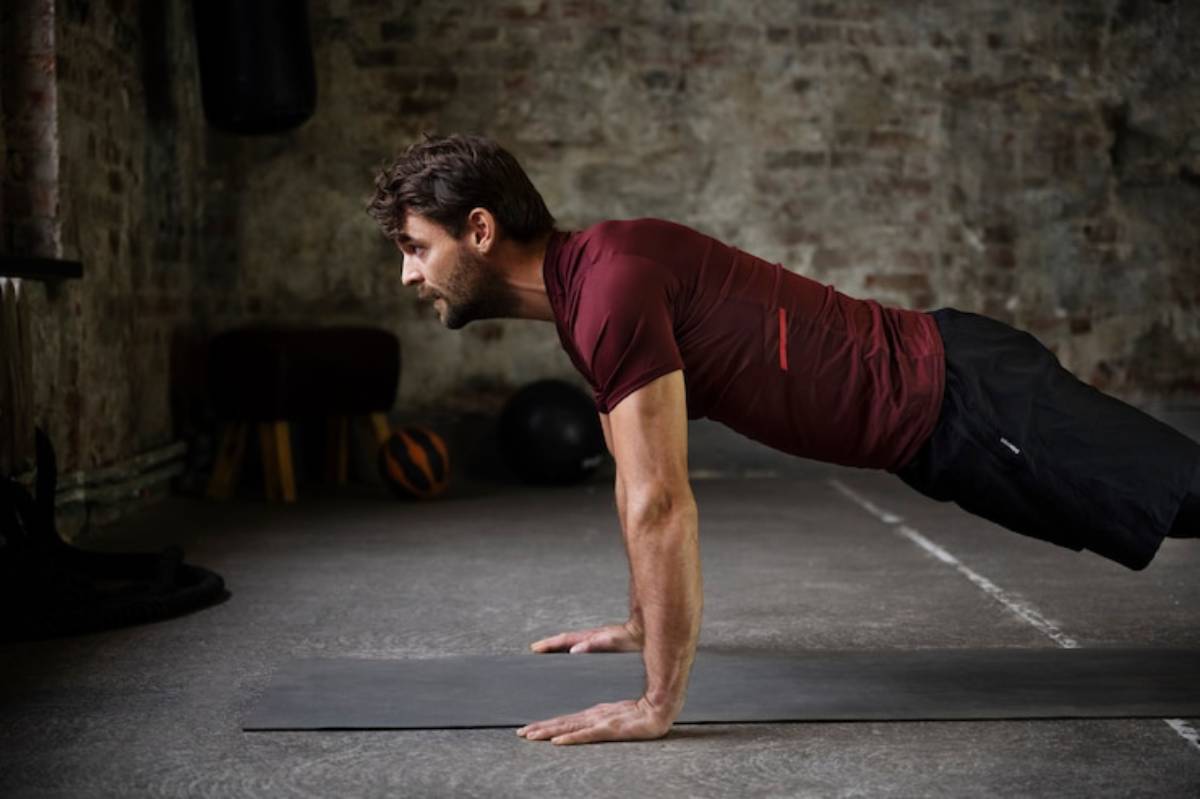
- High-intensity, cardio, strength, and coordination in one brutal package.
2. Bear Crawls
- Engages almost every muscle while boosting shoulder and core stability.
Imagine: moving like a ninja — strong, quick, and nimble.
Example: Functional Bodyweight Training Routine
Ready to put it together? Here’s a no-equipment strength workout you can try today:
| Exercise | Reps | Sets |
| Bodyweight Squats | 15 | 3 |
| Push-Ups | 12 | 3 |
| Bulgarian Split Squats (each leg) | 10 | 3 |
| Inverted Rows | 12 | 3 |
| Plank to Push-Up | 8 | 3 |
| Bear Crawls | 20 seconds | 3 |
| Burpees | 10 | 3 |
Rest: 30–60 seconds between exercises. Focus: Quality reps over quantity.
If you’re short on time, set a 20-minute timer and cycle through as many quality rounds as you can.
How to Progress Your Functional Fitness Journey
Consistency is your best friend. But it’s also important to challenge yourself.
Here are some ideas:
- Tempo Training: Slow down the lowering phase (eccentric part) to make muscles work harder.
- Add Plyometrics: Include explosive movements like jump squats or plyo push-ups.
- Use Unilateral Exercises: Work one side at a time to expose and fix imbalances.
- Combine Moves: Try complex patterns, like a squat to lunge, for real-world coordination.
Reflect: After a session, ask yourself: “Did I challenge my stability, mobility, and strength?” If yes, you’re on the right path.
Common Mistakes to Avoid in Bodyweight Functional Training
Even though it’s ‘just’ bodyweight, mistakes can sneak in:
- Skipping Warm-Ups: Always prep your joints and muscles (dynamic stretches work great).
- Poor Form: Quality over speed or quantity — sloppy reps invite injury.
- Neglecting Core Work: Your core connects everything — keep it strong and engaged.
- Ignoring Recovery: Functional training can be intense. Prioritise sleep, hydration, and stretching.
Remember: Train smart, not just hard.
Real-World Story: How Bodyweight Functional Training Changed My Life
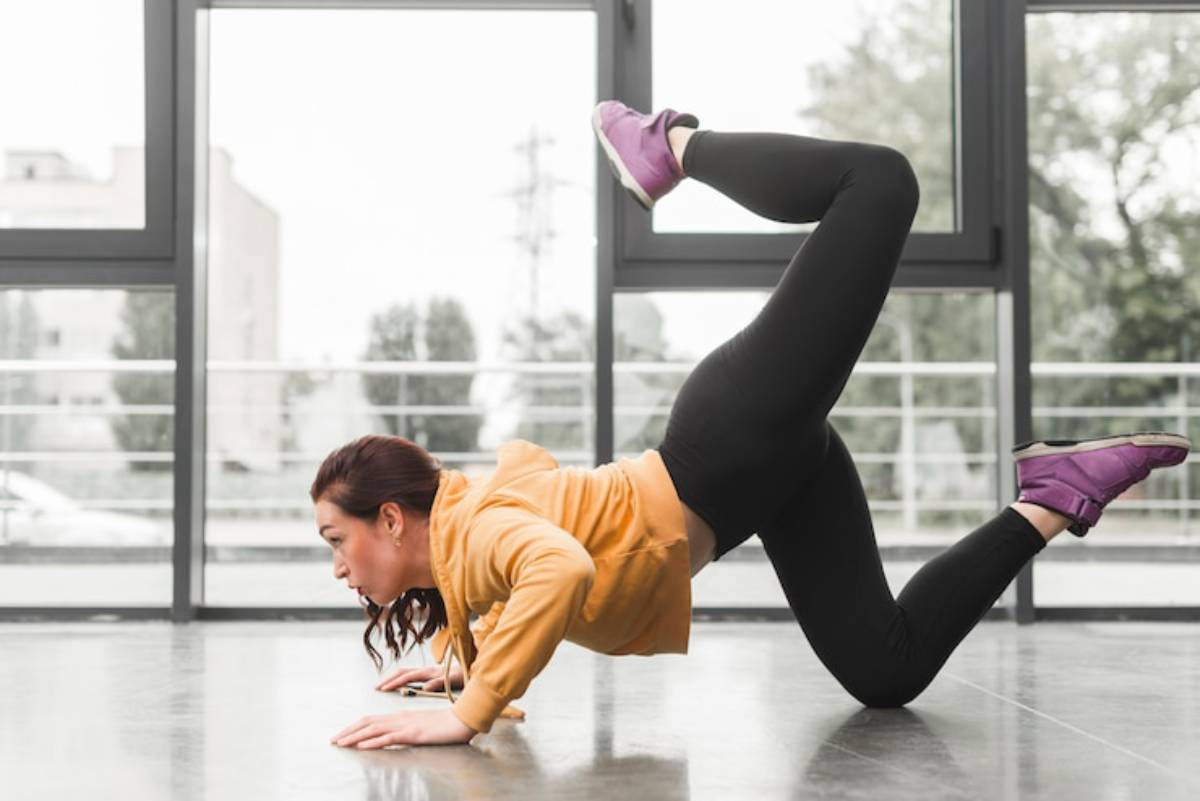
Last year, when travel restrictions lifted, I decided to backpack across Europe for three months. No gyms, no equipment — just my body, a yoga mat, and a backpack.
I committed to a simple bodyweight functional training plan five times a week. To my surprise, I came back stronger, leaner, and more mobile than ever before. I could sprint for trains with ease, hike steep trails without losing breath, and carry a heavy backpack day after day.
It wasn’t just physical. My confidence soared, and everyday tasks felt effortless.
Moral of the story? You don’t need a gym membership to become the strongest version of yourself.
Conclusion: Your Strength Is Always Within Reach
Bodyweight functional training is powerful because it’s accessible, effective, and infinitely adaptable. No equipment? No problem. You’ve got everything you need right now — your body, your mindset, and a willingness to move.
By mastering these functional fitness exercises, you’ll build a body that’s strong, agile, and ready for anything life throws your way.
So next time you think, “I can’t work out, I have no equipment,” remember: you are your own best gym.
Now it’s your turn: Have you tried bodyweight functional training before? What’s your favourite no-equipment move? Share your experience in the comments below!
